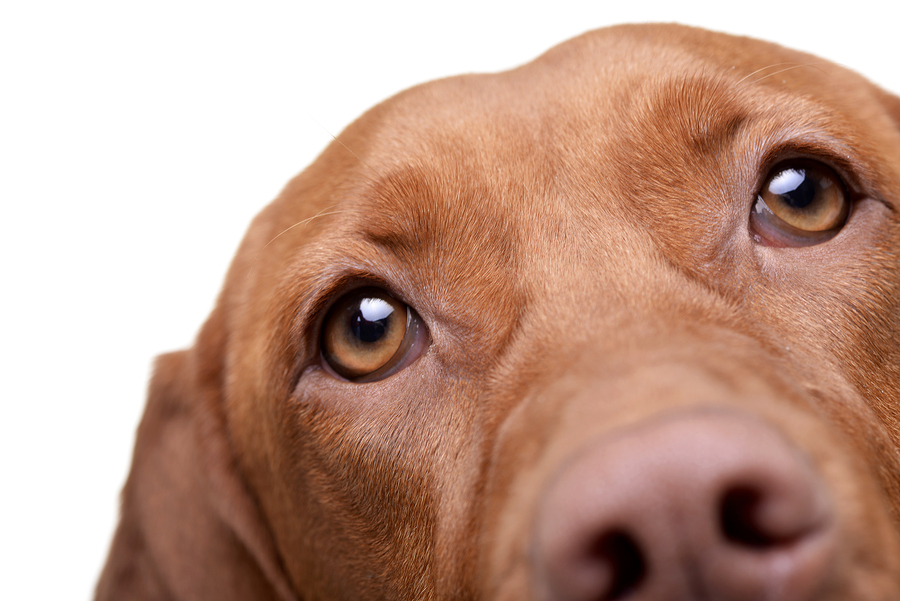Why can the same dog who barks his head off at the slightest leaf blowing across the grass seem not to see the treats on the floor right in front of him? It’s all in the mystery of canine vision. Here’s how I explained it to a reader who had questions.
Q: I can throw treats on the floor right in front of my dog, and he never sees them. Why is that?
A: In some respects, dogs have great vision. Their eyes are adapted to help them see better in low light, for instance. And sighthounds bear that moniker because of their ability to detect motion at a distance, thanks to a long, narrow head that gives them a greater field of vision. They also benefit from a “visual streak,” an elongated area in the retina that provides a panoramic view of their surroundings and excellent peripheral vision. The average dog has a visual field of approximately 250 degrees, while brachycephalic dogs such as pugs have a visual field of approximately 220 degrees. Sighthounds? Their visual field is as much as 290 degrees.
But why can’t your dog see treats right in front of his nose? Canine eyes are set more on the side of the head. While that gives the average dog better peripheral vision than that of humans — although maybe not as good as that of a sighthound — it impedes depth perception. Most dogs have difficulty seeing things that are closer than about 10 inches, especially if those objects aren’t moving. And what the dog sees is not as clear as it is to a human, partly because dogs see fewer colors with less vivid contrast.
Interestingly, one study found that most dogs are neither significantly near-sighted or far-sighted. Two breeds that showed a greater incidence of near-sightedness were German shepherds and Rottweilers.
The bottom line: It’s easier for dogs to detect moving objects rather than something that’s right in front of them that isn’t moving. It’s a good thing they have a keen sense of smell to sniff out those treats.
Read more in Pet Connection, the weekly nationally syndicated pet feature I co-write with Kim Campbell Thornton and my daughter, trainer Mikkel Becker.


